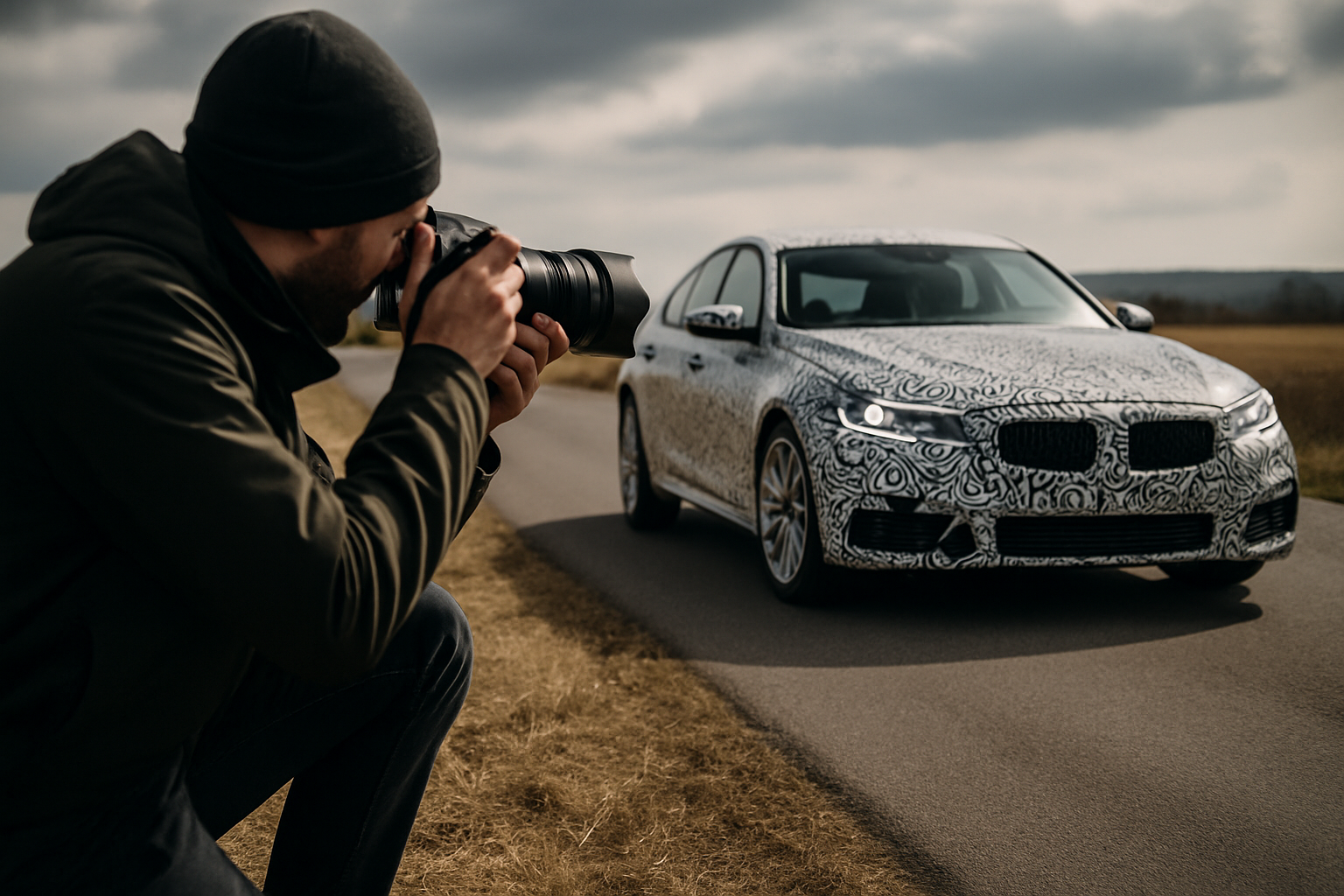The Hidden World of Automotive Camouflage
Beneath the glitz and glamour of auto shows lies a secretive realm where automakers wage battles of deception and stealth. Welcome to the world of automotive camouflage, where cutting-edge designs are hidden in plain sight, and spy photographers play cat-and-mouse with engineers on public roads. This high-stakes game of visual trickery is more than just a quirky industry practice—it's a crucial step in bringing new vehicles to market.

The Evolution of Deception
The history of automotive camouflage dates back to the 1950s when competition in the auto industry began to intensify. Initially, manufacturers used simple methods like covering cars with tarps or testing at night. As spy photography became more sophisticated, so did the camouflage techniques. By the 1980s, automakers were experimenting with patterned vinyl wraps and false body panels. Today, the practice has evolved into a high-tech art form, employing advanced materials and optical illusions to keep designs under wraps until the perfect reveal moment.
The Science Behind the Swirls
Modern automotive camouflage is far more than random patterns slapped onto a car body. It’s a carefully calculated blend of art and science designed to disrupt visual perception. The most effective camo patterns use high-contrast shapes and lines that break up the vehicle’s contours, making it difficult for observers to discern its true form. Some patterns are even designed to interfere with autofocus systems in cameras, ensuring that spy shots come out blurry or distorted. Manufacturers often use 3D elements like padding or fake panels to further obscure a vehicle’s actual shape, adding another layer of complexity to the disguise.
The Spy Game: Photographers vs. Automakers
The world of automotive camouflage has given rise to a unique cat-and-mouse game between automakers and spy photographers. These intrepid shutterbugs make their living capturing images of upcoming vehicles, often going to extreme lengths to get the perfect shot. They stake out test facilities, chase prototype vehicles on public roads, and even use drones to capture aerial footage. For automakers, this creates a delicate balance—they need to test vehicles in real-world conditions but must also protect their intellectual property. The result is an ongoing arms race of deception and detection, with both sides constantly innovating to gain the upper hand.
Beyond Aesthetics: The Strategic Importance of Camouflage
While the visual aspects of automotive camouflage are fascinating, its importance goes far beyond mere aesthetics. In the fiercely competitive auto industry, keeping new designs under wraps can mean the difference between market success and failure. Camouflage allows manufacturers to conduct real-world testing without revealing their hand to competitors. It also builds anticipation among consumers and the media, creating buzz that can translate into sales when the vehicle is finally unveiled. Moreover, the secrecy surrounding new models can impact stock prices and investor confidence, making camouflage a key element of broader corporate strategy.
The Digital Frontier: Camouflage in the Age of CGI
As automotive design increasingly moves into the digital realm, so too does the art of camouflage. Some manufacturers are now using augmented reality and CGI to create virtual camouflage, overlaying digital patterns onto vehicles in real-time. This technology allows for more dynamic and adaptable disguises, potentially changing the game for both automakers and spy photographers. It also opens up new possibilities for consumer engagement, with some brands using AR apps to let customers “unveil” new models virtually, adding an interactive element to the traditional reveal process.
The Future of Automotive Secrecy
As technology continues to advance, the methods of concealing and revealing new vehicle designs are likely to evolve. We may see the development of smart materials that can change patterns or opacity on command, or the use of holographic projections to completely alter a vehicle’s appearance. The rise of electric vehicles, with their often-simpler exterior designs, may also change the camouflage game, requiring new techniques to hide the subtler differences between models. Whatever the future holds, one thing is certain: the fascinating world of automotive camouflage will continue to be a crucial battleground in the auto industry’s never-ending quest for innovation and market dominance.





